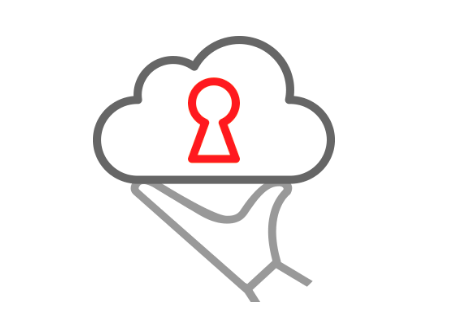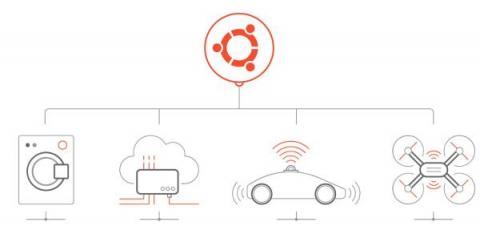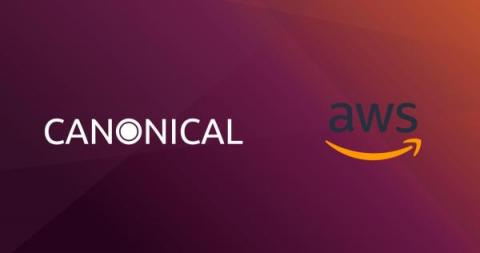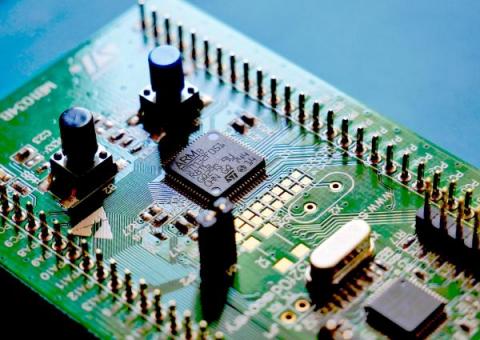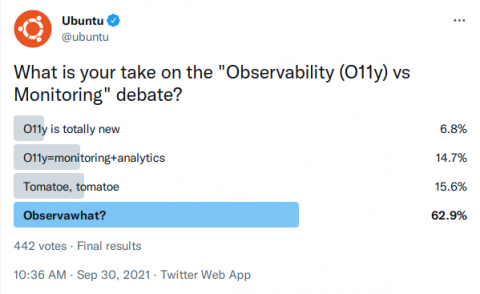Canonical Data Platform 2021 winter roundup
It’s that time of the year again: many folks are panic buying cans of windscreen de-icer spray and thermal underwear, bringing pine trees into the front room and preparing to enjoy an extended break with the family. So we thought to ourselves, what better time than now to take a look back at the year gone by on the Canonical Data Platform?



